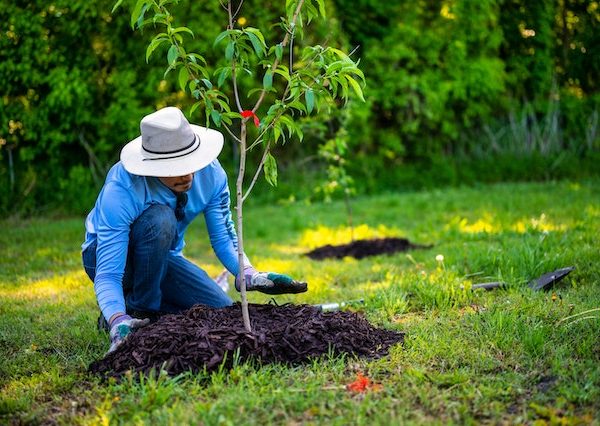Forests are crucial for the survival of our planet. They support the livelihoods of millions of people by producing oxygen, removing carbon dioxide from the atmosphere, regulating climate, and protecting biodiversity. However despite this, deforestation has led to the loss of almost 50% of the world’s original forest cover, significantly speeding up climate change, damaging habitats, Afforestation and increasing other environmental problems. Afforestation, the activity of growing trees on land that has not been wooded in a very long time, is a critical strategy for restoring the Earth’s green cover and reducing the effects of deforestation. The definition, relevance, and application of afforestation will all be covered in this article.
Deforestation: What does it mean?
Afforestation is the act of planting trees on land that has been removed of their forests for a long time—typically more than a few decades. New forests or woodlands must be planted on previously unforested land or on land where the forest cover was lost as a result of human activities like agriculture, mining, or urbanization. Afforestation, which can be done naturally or intentionally, can stop deforestation, soil erosion, and climate change.
What Role Does Reforestation Play?
Reforestation is essential for a variety of reasons. First off, it helps to mitigate the consequences of climate change by using photosynthesis to remove carbon dioxide from the atmosphere. By storing carbon in their biomass and the soil, trees help to lower the amount of greenhouse gases in the atmosphere. Second, afforestation helps to lessen soil erosion, avoid landslides, and improve soil fertility by limiting the amount of soil exposed to wind and water erosion. Lastly, by planting trees, habitats are made for a variety of wildlife, including birds, insects, and other creatures. And finally, afforestation can boost regional economies by producing timber, fruits, and other forest products.
How Can Reforestation Be Successfully Implemented?
For afforestation to be successfully completed, careful planning, good site selection, and appropriate tree species selection are required. The following are some necessary steps for carrying out afforestation successfully:
Before starting any afforestation project, it is essential to identify suitable sites for planting trees. These areas shouldn’t currently be covered with trees, have enough access to water, or be used for farming or other activities.
The climate, the soil, and the forest’s intended purpose must all be taken into account while choosing the right tree species. A local tree species that has been adapted to the site conditions is often the best choice.
Make sure the area is prepped properly. It is advisable to pull out weeds and other plants that could compete with newly planted trees for nutrients and water.
Put the trees properly: Trees should be planted at the proper depth, with sufficient space between them, and with support to encourage healthy growth.
Proper forest maintenance includes frequent watering, fertilizing, and trimming to ensure a healthy growth of the forest.
Encourage community participation: Successful afforestation projects usually involve neighboring communities in the planning and implementation process, which can help to promote community support and ensure the project’s sustainability over time.
